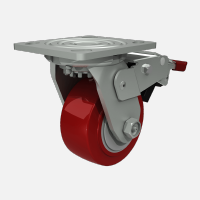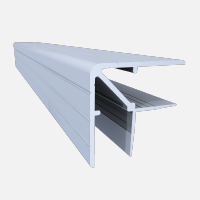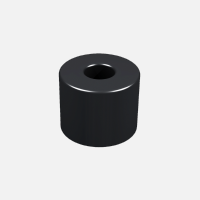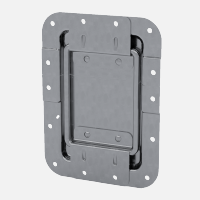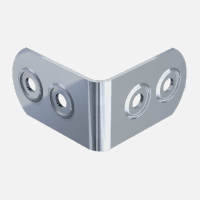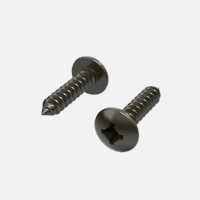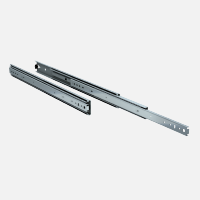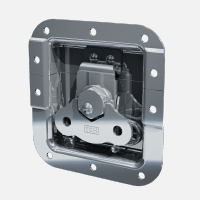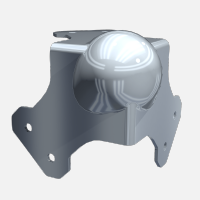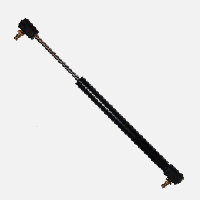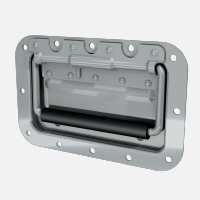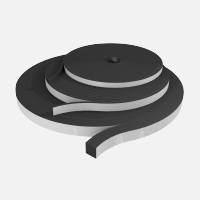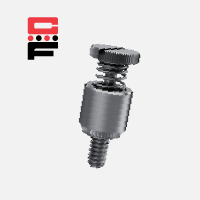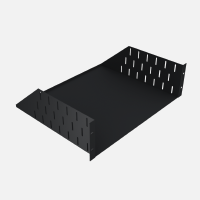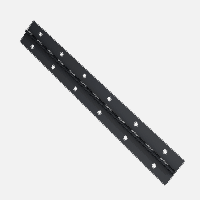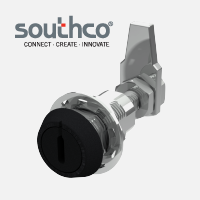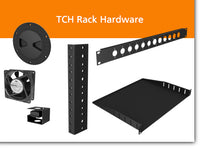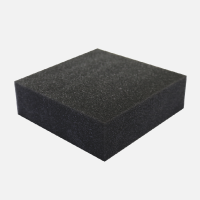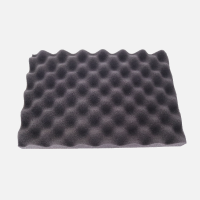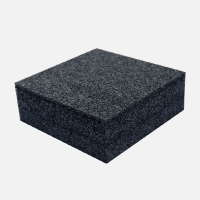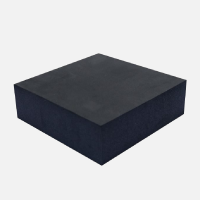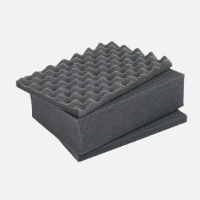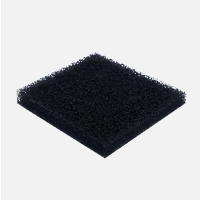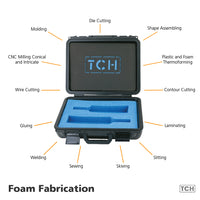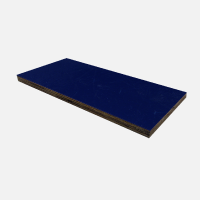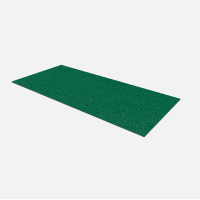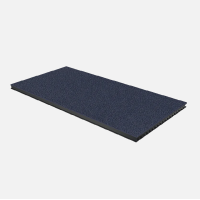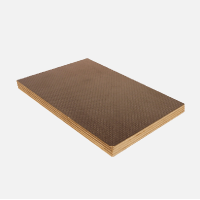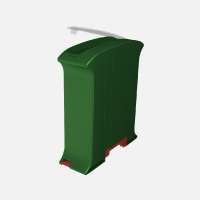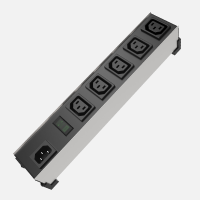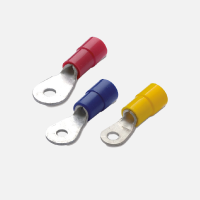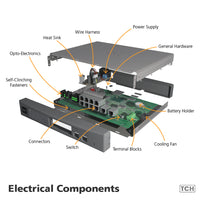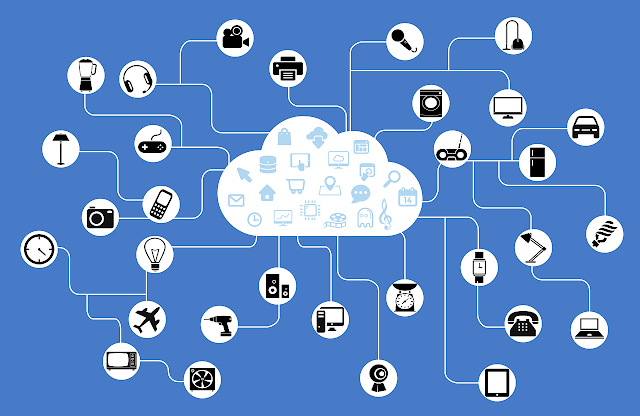
The Industrial Internet of Things (IIoT) is poised to explode, transforming and improving the way businesses operate around the globe. The potential for automation of testing, preventative maintenance systems, and energy-reducing platforms has caused predictions of incredible economic influence. According to theMcKinsey Global Institute, the IoT has the potential for an 11 trillion dollar per year impact by 2025, pertaining to almost 11 percent of the world economy. Of this, over a thirdcould come from factories alone. Even with these estimates being liberal, the industrial IoT has an almost unfathomable amount of space for growth in the coming decade.Of the vast sub-categories included within “industrial”, there are a few trending topics that are of particular interest. Smart HVAC systems have the potential for large economic savings due to long-term reductions in energy spending. Smart access systems for buildings such as healthcare facilities or courthouses could drastically increase the security of physical spaces with a high threat potential. Technology-enhanced fire alarm systems can highly increase safety, especially in laboratory complexes. Connected soil sensors have the possibility for significant water conservation when it comes to farming. Together, these innovations are transforming the industry.
1. HVAC Systems
Customizable and connected temperature control became popular whenNest Labs first introduced their Nest Thermostat. It allows for remote control over thermostat settings via a smartphone and features some adaptive abilities, such as understanding what times residents prefer certain temperatures. This concept of remote access has expanded to large-scale industry, as more companies look to install HVAC systems with IoT connectivity.A few companies have been making big strides in this area. Daikin Applied allows businesses to monitor the energy consumption of their system in impressive detail. The power usage of each component within the system is monitored and taken into consideration. The company boasts real-time access to 150 unique data points. The collected data is uploaded to customer-accessible servers so that human interaction doesn’t necessarily have to take place on-site. By understanding trends in energy usage, a business can cut down on its total energy consumption, translating to a smaller impact on their budget as well as on the environment. Daikin Applied also provides a cloud-based analysis and creates notifications when there is a possibility of needed maintenance.

But knowing you need maintenance now is not nearly as helpful as knowing when you’ll need maintenance in the future. That is exactly whatAugury aims to do, with a highly sensitive preventative maintenance tool designed with HVAC systems in mind. The tool is meant for HVAC service companies and collects raw data from vibration and ultrasonic sensors inside the system. This raw data is then uploaded to the cloud and automatically compared against previous data from the same machine as well as the data from other systems that have similar parameters. All of this is available in real-time so that technicians can make informed, data-driven decisions.Even though theHVAC business has seen a strong surge in IoT integration, there is still more to be done. Predictive weather systems that communicate with the HVAC system to provide comprehensive heating and cooling plans are in their early stages, but still need quite a bit of fine tuning. This particular industry will continue to grow exponentially over the next seven years.
2. Door Access
Beyond heating and cooling, the Internet of Things has a larger part to play in facilities management: security. In this case, we’re not talking about internet security, although that has been an issue for the IoT of late (thecatastrophic strike onDyn via a DDoS attack). Here, we’re talking about physical security, in the form of building access.Door access and control is an area that has lots of room for expansion when it comes to IoT. Smart door locks can serve as an extra layer of security, and have for quite a while in the home sector, with options like the August Smart Lock and the Kwikset Kevo . But the types of locks that have been traditionally available for the past couple years communicate directly with a user’s phone via Bluetooth, and phone ID’s are stored locally in the locking mechanisms limited onboard memory. This approach doesn’t scale well when it comes to business and industry, and that’s where Kisi comes in.

Kisi is a smart lock system built from the ground up for use in large-scale businesses. Kisi allows for cloud connection to door locks. This makes the system much more viable for a fast-paced business environment. It eliminates the need for employees to constantly carry around a swipe badge, which means it’s instantly more difficult for an intruder to steal an employee's work identity. A large number of phone ID’s can be stored in a cloud database, and individual doors within a building can be assigned different access privileges depending on a user’s identification. Key permissions are managed from a client on a secure server so that they can be accessed from anywhere. The system also allows for the assignment of temporary keys, so visitors can have access. These visitor keys have multiple options, such as one-time use or time-dependent, expiring after a few hours or days.
3. Occupant Safety
There are times when using wired fire alarms is costly and potentially dangerous, such as in a laboratory space.Firelite Alarms has introducedSWIFT, a product suite which allows for IoT-enabled alarms to integrate into a network. The smart fire alarms can connect to a building-wide control panel, enhancing fire safety in a couple of ways. First, the fire alarm can’t be triggered by issues with old wiring or possible pests in the ducts. This is a major concern in research environments, where false alarm triggers cost thousands or possibly millions of dollars in lost product and ruined experiments. Secondly, it allows for easy expansion and addition of new buildings into a complex. With a smart fire system, an alarm in one building can trigger the alarms in the others, without having a physical hardwire connection between facilities.The real value of IoT for facilities is yet to be realized. The ideal situation allows for the integration of all of these different devices into one extremely smart, highly autonomous building. If the smart door locks could connect with the fire alarm system, then all the doors in the building could automatically unlock when there is a fire incident, drastically increasing worker safety. While nothing to this level currently exists,ABBA Logic is striving to offer customization of device integration. They offer a “unique combination of access control and programmable logic controllers” that allow for custom IoT device solutions. Their product is built upon anEchelon processor, which usesopen-standard networking platforms. This allows for the use of a variety of IoT devices and different standard-compliant software. While there are strides to allow cross-device connectivity, there is still a long way to go until it’s mature enough for widespread industry use.
4. Water Management
Network-connected devices are becoming a popular choice among utilities, with resource demand continually increasing to straining amounts. Currently, there are a plethora of sensors on the market that detail water pressure, temperature, and quality to help save both water and energy. Smart water meters have been implemented for individual home use in places like California, where the drought is serious enough to warrant the need for extensive restrictions.This option is gaining ground throughout industries, with developments beyond just a simple meter.
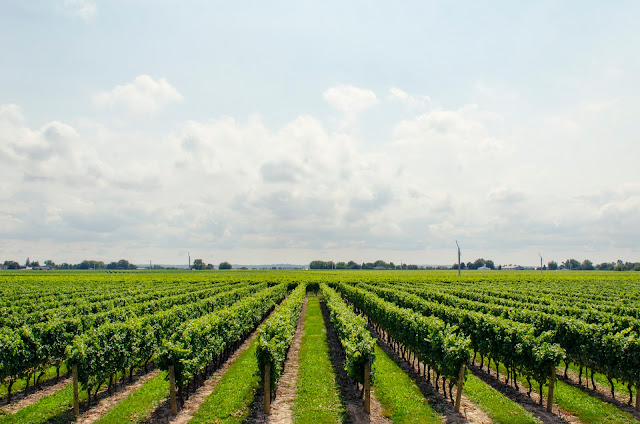
In times of drought, water becomes an extremely precious resource, especially for farmers. Often times farms draw water at least partially from their own well systems, and when the water runs out, crop returns diminish significantly.CropX is working to change that by implementing sensor systems to detect where water is needed the most. Their sensor gathers raw data from the soil and transmits it to the cloud, where an analysis is run. The network-enabled sensors are placed strategically throughout a field and work together in determining the ideal locations to water. They even offer multiple types of sensors, to accommodate the various soil types in different farming regions. The IIoT is becoming crucial in farming to save time, assets, and resources.The internet of things has already begun to change the way we live forever. intelligent heating and cooling solutions are decreasing consumption and saving businesses energy every day. The Golden State saw thewarmest year on record in 2015, in sync with one of their worst droughts in history. Innovations in connected sensors and big data are helping farmers in this state and others continue feeding the country despite the harsh conditions. The innovations across multiple industries actively increase safety and offer customizable access solutions that are easier than ever. There is still some work to be done, with a dire need for comprehensive integration across multiple types of IoT devices. Despite the setbacks, the future of the industrial internet of things is bright, and it will continue to increase its economic impact in the years to come.




